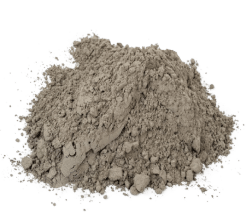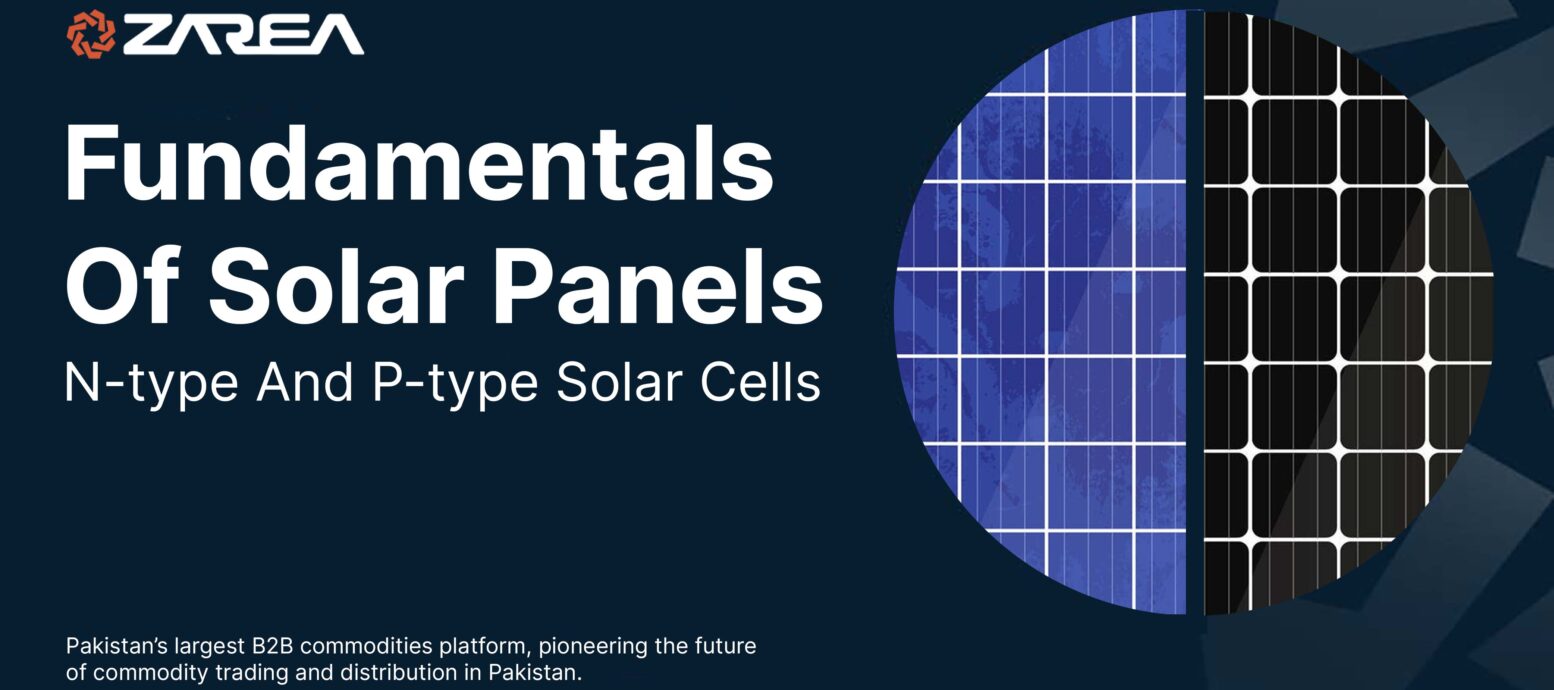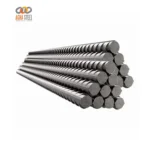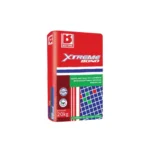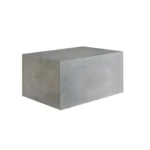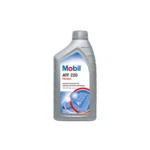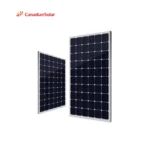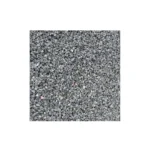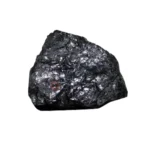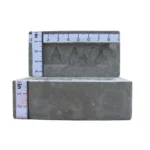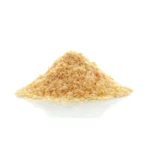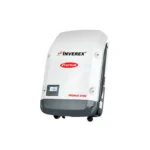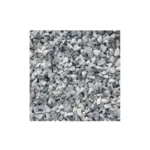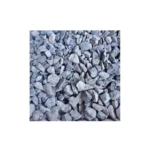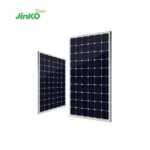N type and P type Solar Panels are the cornerstone of renewable energy and sustainable development in Pakistan, playing a vital role in harnessing the power of the sun. There are various types of solar panels responsible for driving the efficiency and feasibility of solar systems and solar photovoltaic technology. N type and P type solar cells are among the foundational units of solar panels. Zarea Limited is becoming a leading digital platform for solar energy products in Pakistan, empowering businesses and people to adopt green energy.
Understanding N type and P type Solar Panels (Cells)
The terminology refers to the type of semiconductor material used to manufacture the solar cells which plays a pivotal role in efficiency rate. N type and P type solar panels both differ in the semiconductor material.
“N” and “P” refer to the dominant electric charge in the semiconductor material: negative for N type solar cells as they have a surplus of electrons (hence the negative charge) while positive for P type as the process of doping creates holes instead of electrons.
Semiconductor material in N type Solar Panels
The cells in N type solar panels employ materials like monocrystalline silicon doped with phosphorus or arsenic that introduces an additional electron, creating an excess of negative charge carriers in the silicon lattice.
Pros of N type Solar Panels
- Higher efficiency
- Better performance in low-light and hot conditions
- Less prone to light-induced degradation
Cons of N type Solar Panels
- Higher production cost
- Complex manufacturing
Semiconductor material in P type Solar Panels
The cells in P type solar panels use monocrystalline or polycrystalline silicon doped with elements like boron, adding more positive charge carriers in the silicon lattice.
Pros of P type Solar Panels
- Reliable technology
- Widespread production
- Slightly lower cost
Cons of P type Solar Panels
- More susceptible to light-induced degradation
- Lower efficiency
Comparison of Characteristics between N type and P type Solar Panels
Efficiency
N type solar panels are found to have higher efficiency as compared to the P type solar panel. Moreover, the material in N type panels reduces the frequency of energy loss and is known for better charge mobility. These panels generate high power output and energy production.
Light-induced Degradation
Light-induced degradation refers to the gradual decrease in the efficiency rate of the solar cells. P type solar panels are more vulnerable to light-induced degradation than N type panels; therefore N type solar panels demonstrate reliable performance over the years.
Temperature Coefficient
With elevated temperatures, both types of solar panels go through an extent of efficiency reduction. However, the decline of efficiency is less prominent in N type solar panels; therefore they perform relatively better in hot climates.
Production Cost
P type solar panels have a lower production cost than the N type solar panels. However, technological advancement in the solar energy sector is trying to close the cost gap between the two.
Application of N type and P type Solar Cells
The research and development across the globe is testing to enhance the efficiency and incorporate better and more effective materials for maximum photovoltaic effect. There are various types of solar panel technologies that utilize N type solar cells to enhance energy production like; Passive Emitter and Rear Cell (PERC), Bifacial N type solar cells, tandem, and perovskite solar cells. Incorporating the N type solar cells in the existing types of solar panels enhances the rate of efficiency and performance.
Efficacy and Potential for Energy Generation
N type solar cells are prominent in large-scale projects due to their better and higher efficiency. These cells have more potential for energy production therefore they are gaining traction and more investment in large-scale solar installation projects across the world.
Commercial and Residential Demands
These solar panels are ideal for both commercial and residential installations. P type solar panels are more famous and in demand due to their cost-effectiveness. However, commercial settings demand higher efficiency as well, which P type solar panels are unable to provide. To fulfill the power demand with maximum efficiency, N type solar panels are gaining more traction despite their high production cost and complex manufacturing. In this way, performance and efficiency precede the initial cost and manufacturing hassle.
Conclusion
The demand for maximum and sustainable energy production is surging rapidly. The solar energy markets are utilizing their resources on research and development to come up with products that are potentially higher in efficiency and power generation. Therefore, understanding the needs and requirements for the project and the type of solar panels in pakistan that aligns with the cause is crucial. Therefore, at Zarea Limited we provide you with thorough consultation and quotes to help you with your commercial or residential needs.
